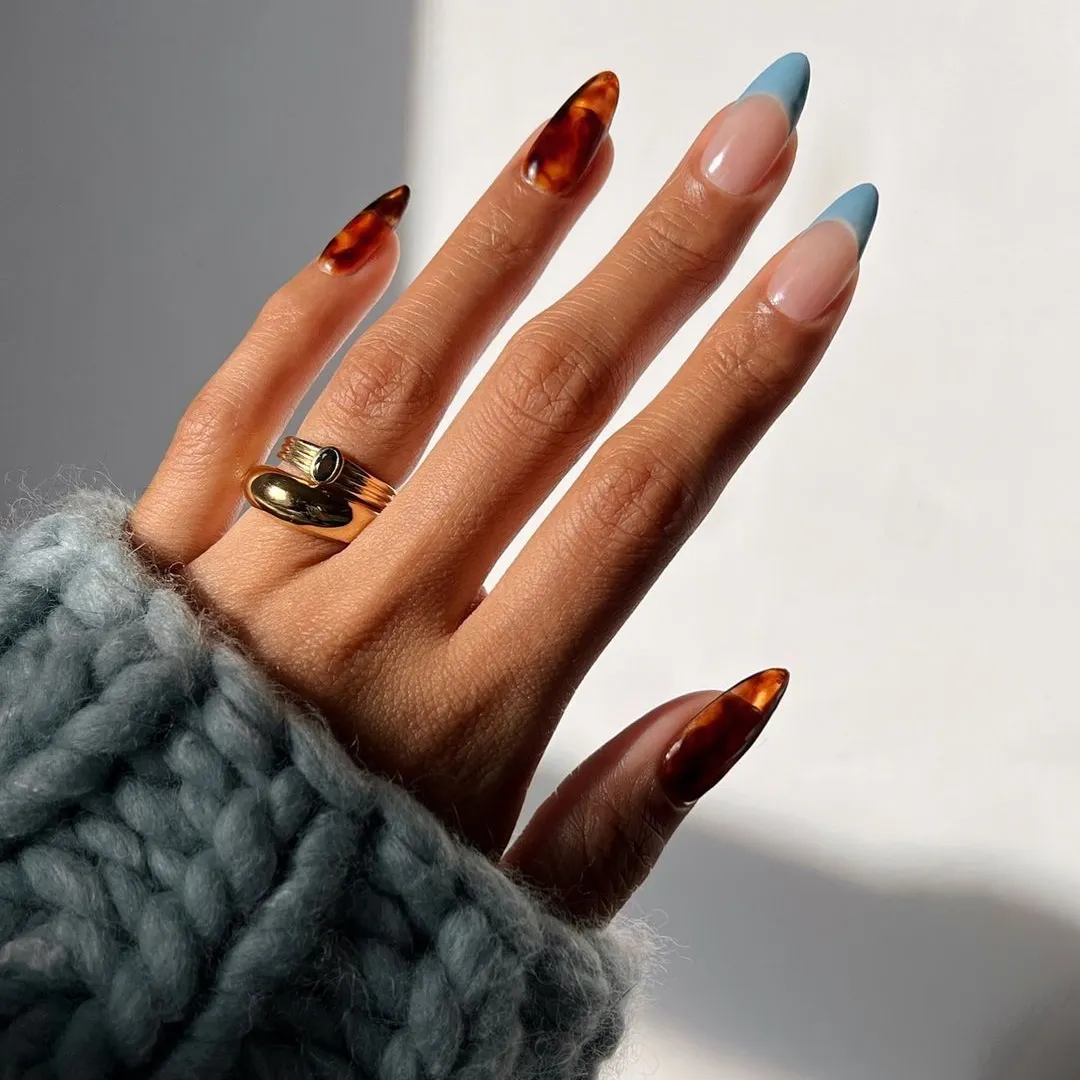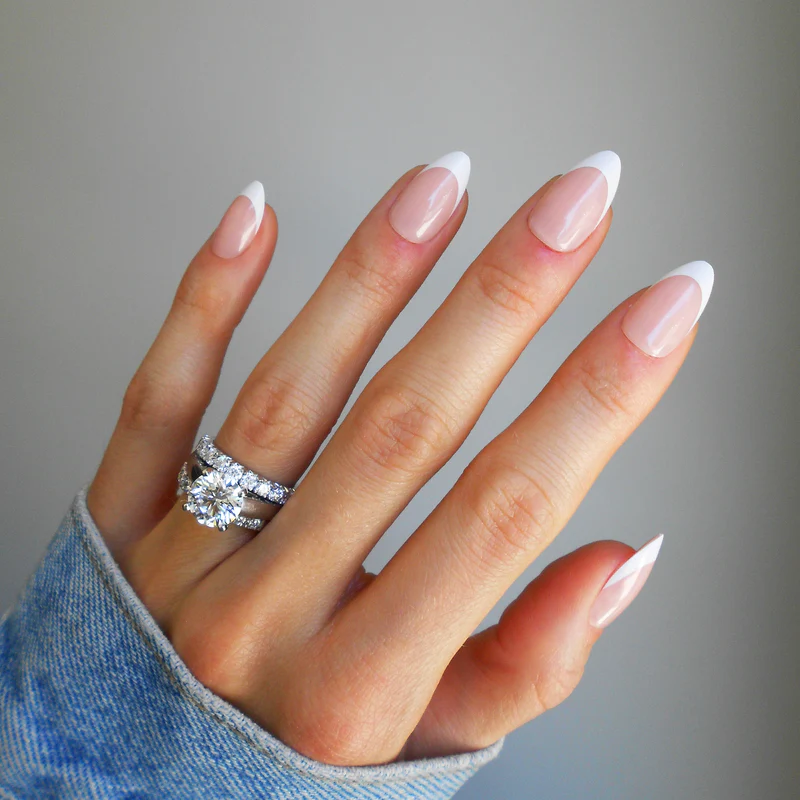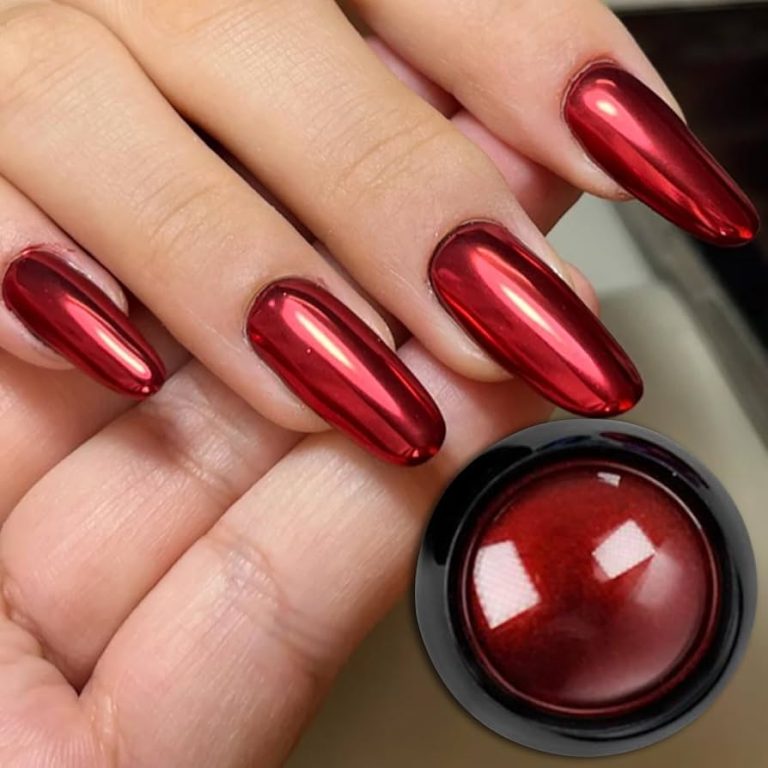
Maintaining Your Manicure: Nail Care Frequency Guide
The Basics of Nail Growth and Health
Understanding the basics of nail growth and health is crucial when determining how often you should get your nails done. Your nails are made up of a protein called keratin, and they grow from the area under your cuticles known as the nail matrix.
Nail Growth Rate
On average, fingernails grow about 0.1 millimeters per day. This means that in a month, you can expect your nails to grow about three millimeters. However, the rate can vary greatly depending on factors such as age, diet, and overall health. Younger individuals and those with a nutrient-rich diet may experience faster nail growth.
Importance of Healthy Nails
Maintaining healthy nails isn’t just about aesthetics. Nails can often reflect your overall health status; changes in nail color or texture can indicate nutritional deficiencies or health issues. Regular manicures help in keeping your nails clean, gives them a neat appearance, and prevents conditions like fungal infections which can affect nail health and growth.
To conclude, understanding your nail growth and maintaining nail health are fundamental to determining how often you should get your nails done. This will help not just in keeping your nails looking great, but in maintaining their overall health.

Types of Manicures and Their Longevity
Different types of manicures offer various levels of durability and style. Here’s a brief look into the most common ones and how long they typically last.
Regular Polish Manicure
Regular polish manicures are the classic choice. They involve a base coat, nail polish, and a topcoat. They can last from two days to a week, depending on your nail care routine and daily activities. To keep them looking fresh, avoid water-soaked activities and wear gloves when cleaning.
Gel Manicure
Gel manicures are known for their durability and glossy finish. They can last up to two weeks and require curing under a UV or LED lamp. Although they’re more resilient than regular polish, gel nails can still chip if you’re not careful.
Acrylic Manicure
Acrylics are a combination of a liquid monomer and a powder polymer that creates a hard protective layer over your natural nails. These manicures can last up to three weeks but require upkeep. Regular fills are necessary to maintain their appearance and prevent lifting.
Dip Powder Manicure
Dip powder nails involve dipping your nails into a colored powder and then sealing them with a topcoat. This type can last anywhere from three to four weeks and is less likely to chip than other manicures. However, dip powders require precise application to look their best.
Shellac Manicure
Shellac is a blend of gel and regular nail polish that lasts around two weeks. It offers a high-gloss finish with quick drying time and no chipping. Like gel, it requires UV light to cure and is relatively durable.
Choosing the right type of manicure depends on several factors including lifestyle, personal preference, and how often you’re willing to maintain your nails. Consider these options and their longevity when planning your nail care routine.

Signs It’s Time for a New Manicure
Knowing when to refresh your manicure is key to maintaining nail health and aesthetics. Here are several indicators that signal it’s time for a new manicure:
Visible Chipping or Peeling
When your nail polish starts to chip or peel, it’s a clear sign that your manicure has lost its integrity. This not only looks untidy but can also lead to further damage if not addressed promptly.
Nail Growth
As your nails grow, a gap forms between the cuticle and the polish. This can make your manicure look uneven and poorly maintained. Generally, this is noticeable after two weeks for most manicure types.
Discoloration or Fading
If the color of your nail polish has faded or changed, it might be time for a new coat. Sun exposure and frequent hand washing can accelerate this process.
Lifting of Acrylic or Gel
For acrylic or gel manicures, lifting can occur at the edges of the nails. This not only affects the appearance but can also allow moisture to seep in, potentially causing fungal infections.
Scratches and Dents
Daily activities can cause minor scratches and dents on your nail surfaces. If these imperfections become too noticeable, consider a manicure refresh.
Regularly assessing the condition of your manicure and addressing these signs promptly will keep your nails looking their best. Remember, how often you should get your nails done is also influenced by these factors.
Tips for Extending the Life of Your Manicure
Proper maintenance can make your manicure last longer. Here are tips to extend its life.
Avoid Water-Related Activities
Too much water can make polish chip faster. Keep nails dry and wear gloves when washing dishes.
Apply Top Coat Regularly
Adding a new layer of top coat every few days can prevent chipping and add shine.
Be Gentle on Nails
Treat your nails with care. Avoid using them as tools to prevent damage.
Moisturize Your Hands
Keep your hands and cuticles hydrated with creams. Hydration prevents nail breakage and promotes health.
Wear Gloves for Chores
Protect your hands with gloves during cleaning or gardening. This prevents polish from wearing off.
Avoid Harsh Chemicals
Steer clear of strong chemicals. They can weaken the polish bond and cause chipping.
Protect from Sun Damage
UV rays can fade polish. Use sunblock on your hands when outdoors for long periods.
These simple steps can keep your manicure looking fresh and save trips to the salon. Explore what works for you and enjoy longer-lasting nail beauty.

Factors That Impact How Often You Should Get a Manicure
Several factors can determine how often you should schedule your manicure sessions. Understanding these can help you maintain healthy and good-looking nails consistently.
Personal Nail Growth Rate
Your nails’ growth rate is a key factor. As mentioned, nails typically grow about 0.1 millimeters daily. If your nails grow faster, you might need more frequent manicures to keep them looking neat.
Type of Manicure
Different manicure types have different durability. For example, regular polish might need renewal every week, while gel can last up to two weeks. Choose your manicure based on how often you’re willing to visit the salon.
Daily Activities
Your daily activities heavily impact the longevity of your manicure. Jobs that require manual work or frequent hand washing can cause quicker chipping and wear.
Nail Health
Healthy nails can handle manicures better and might not need frequent care. If you have brittle or damaged nails, consider more frequent visits to address these issues before applying polish.
Lifestyle and Preferences
Your lifestyle choices, such as playing sports or gardening, can also dictate your manicure frequency. Personal aesthetics preference plays a role too; some people prefer pristine nails at all times.
By considering these factors, you can better plan your manicure routine to suit your needs and maintain your nail health and appearance.
Professional vs. At-Home Manicures: Pros and Cons
Deciding between professional and at-home manicures? Each has its benefits and drawbacks.
Pros of Professional Manicures
Professional manicures offer precision and skill from trained technicians. They have access to high-quality products and tools. Hygiene and cleanliness are assured in a reputable salon. The experience can be relaxing and pampering, making it a treat for many.
Cons of Professional Manicures
Professional services can be costly over time. Frequent salon visits might not fit into a busy schedule. There’s also a small risk of infection if the salon doesn’t follow strict sanitary practices.
Pros of At-Home Manicures
Doing your nails at home is cost-effective and convenient. You can do it on your own time, without appointments. It allows for creativity and personal expression in nail art. There’s no risk of salon-acquired infections.
Cons of At-Home Manicures
At-home manicures usually lack the professional finish. Without experience, it’s easy to make mistakes. Less access to professional-grade products may affect the result. The durability of at-home manicures may be shorter than salon services.
When deciding how often should you get your nails done, weigh these pros and cons. Your choice depends on your budget, time, and preference for nail care excellence.

Seasonal Considerations for Nail Care
When considering how often should you get your nails done, seasons play a crucial role. Here are some tips for each season:
Spring
Springtime is known for mild weather. It’s the perfect time to try vibrant and pastel polish colors. Consider manicures that include floral designs or soft hues, matching the blooming environment. Frequent care might not be necessary as the weather is less harsh.
Summer
Summer demands more durable manicures due to activities like swimming. The heat can also cause polish to soften and chip. Opt for gel or shellac manicures that withstand water and heat better. You might need manicures more often if you spend a lot of time outdoors.
Fall
As the air gets cooler and dryer in fall, your nails can become brittle. Hydrating manicures and the use of oils and creams should be your focus. Earth tones and deep colors are popular, reflecting the changing leaves.
Winter
Winter can be tough on your hands. Cold and dry weather can make nails fragile. Increase the frequency of manicures that involve intensive care like hot oil treatments or moisturizing wraps. Dark, rich colors suit winter styles well.
By adjusting your manicure routine to fit these seasonal needs, you maintain great nail health and style year-round.
Nail Care Maintenance Between Salon Visits
Maintaining the condition of your nails between salon visits is crucial. Here are essential tips to consider:
Keep Nails Clean and Dry
Regularly clean under your nails and keep them dry. This prevents bacteria and fungal infections.
Regular Filing and Buffing
Smooth edges prevent snags and splits. File your nails regularly to maintain their shape and integrity.
Moisturize Cuticles
Apply cuticle oil daily. Hydrated cuticles prevent peeling and cracking, promoting overall nail health.
Avoid DIY Fixes on Manicures
Resist the urge to fix chipped or lifting polish yourself. Incorrect methods can cause more damage.
Wear Protective Gloves
Use gloves when doing chores. This protects your manicure and keeps harsh chemicals off your nails.
Manage Minor Repairs
If a nail chips or breaks, file it down smoothly. Minor repairs can be managed at home to prevent further damage.
By following these tips, you can prolong the life of your manicure and keep your nails looking neat and healthy between salon visits.

